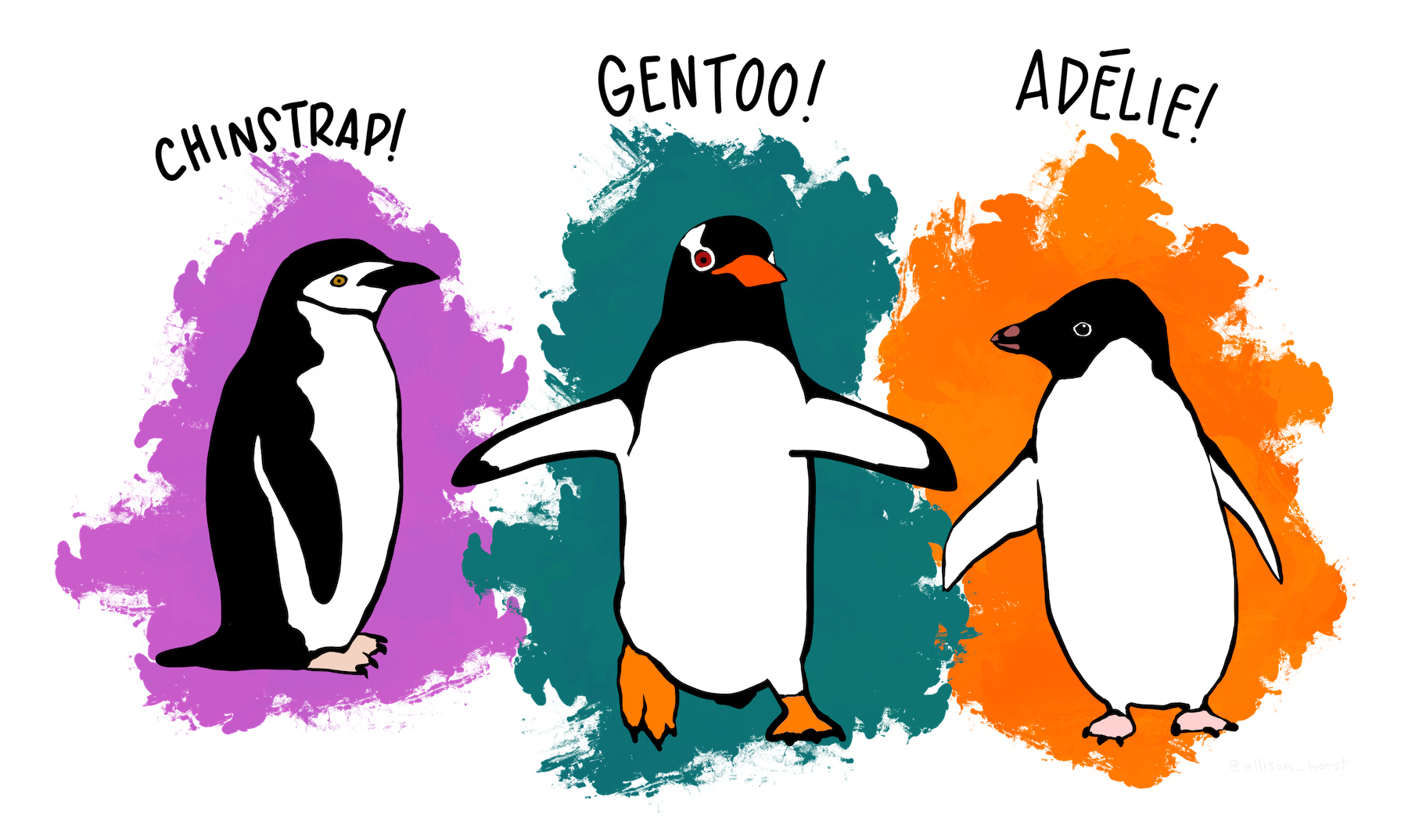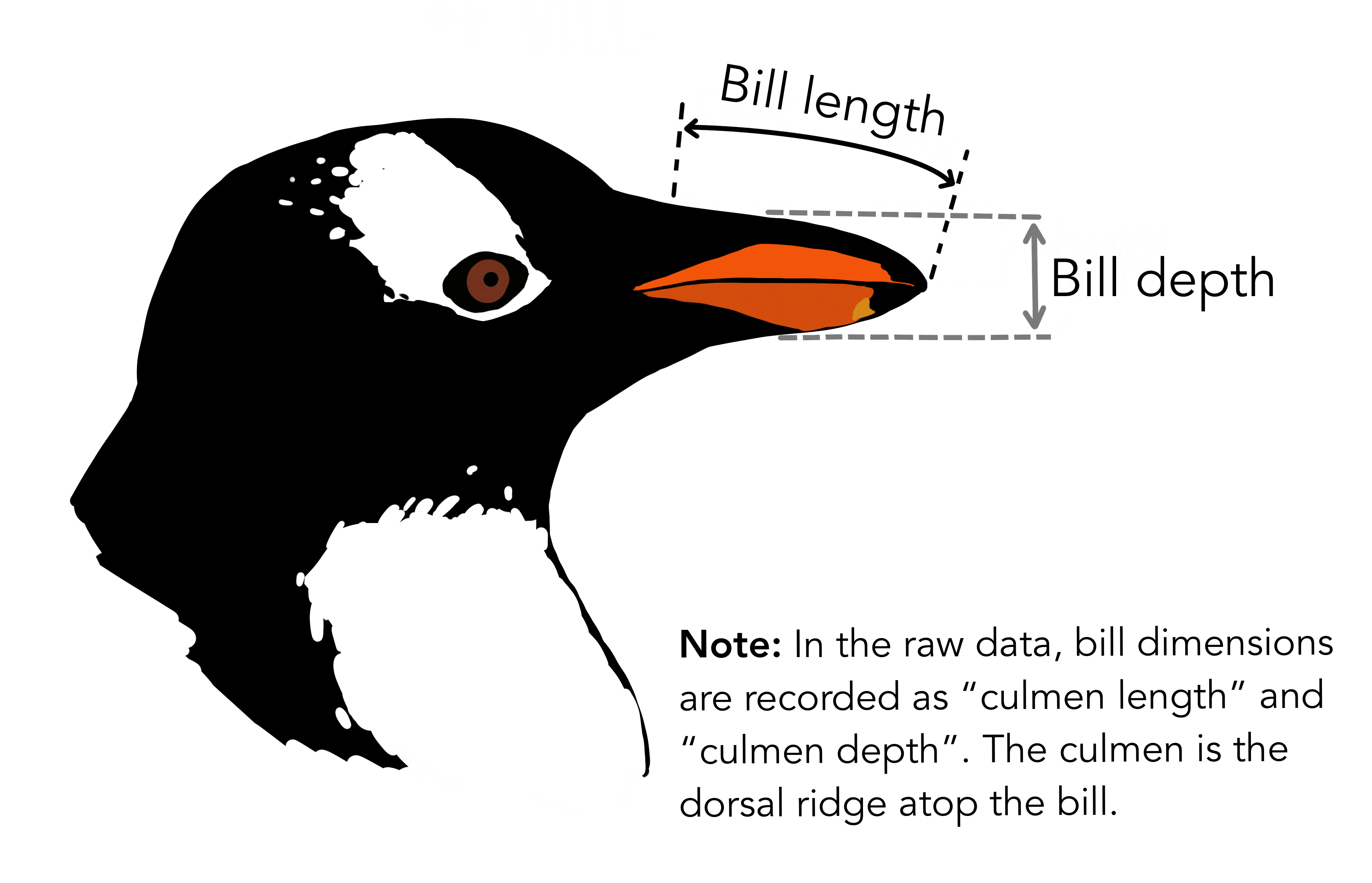EXPLORING YOUR DATA
Introduction to Exploratory Data Analysis (EDA) using R
UGC - Malaviya Mission
Teacher Training Center
GJU of S&T, Hisar, Haryana
Download & Install
✅ R Software, https://cloud.r-project.org/
✅ RStudio IDE, https://posit.co/products/open-source/rstudio/?sid=1
✅ Quarto, https://quarto.org/docs/get-started/
RStudio
✅ Create RStudio Project in your computer
✅ Create quarto document
✅ Create folder data & save file penguins.csv
Data: penguins
Live on three island: Biscoe, Dream, & Torgersen.


Exploratory Data Analysis (EDA)
“how to use visualization and transformation to explore your data in a systematic way”
EDA using R:
10 Basic Steps
📦 Step 1: R Packages
Install R Packages only once:
📁 Step 2: Import the Dataset
You can import from CSV, Excel, or other sources.
Data Structure

📊 Step 3: Explore the Data Structure
Check Data for
Missing values
Duplicate rows
Inconsistent column names
✅ Step 4: Transform & Clean the Data
Variation
“It is the tendency of the values of a variable to change from measurement to measurement or across different subjects or at different times.”
“Every variable has its own pattern of variation, which can reveal interesting information about how it varies between measurements on the same observation as well as across observations.”
Variation Types
What type of variation occurs within my variables?
What type of co-variation occurs between my variables?
📈 Step 5: Univariate Analysis
Explore each variable individually
Use ggplot2 for more control
🔁 Step 6: Bivariate Analysis
Explore relationships between variables
📌 Step 7: Summary Statistics
📉 Step 8: Outlier Detection
An outlier is a data point that differs markedly from the rest of the data.
🧹 Step 9: Handle Missing Data
(if needed)
🧾 Step 10: Save Cleaned Data
🎯 Learnings
- Installing R, RStudio, Quarto & R packages.
- Import & export of Data
- View summary & structure of data
- Table & plots to see pattern in data
- Treating missing & outlier values

Follow SARA
Contact SARA
925 315 2024
SARA Institute of Data Science,
Dr. Ambedkar Bhawan, Kakroi Road, Near Dayanand Hospital,
Sonipat - 131001, Haryana, India.
Thank-You!
